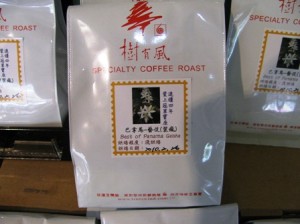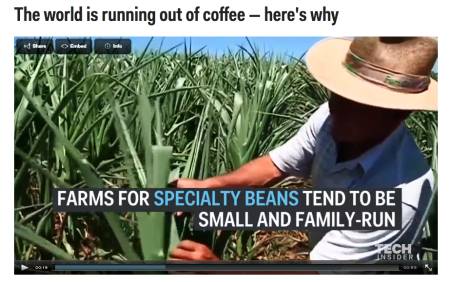So, did everyone catch the common strand in a lot of Friday’s Nibbles? I’ll give you a couple more minutes to figure it out, so go and have another look…
Yep, it’s the use of local crops and varieties in gourmet cuisine. And by implication the role of high-end chefs and restaurants ((Though who knows, informal vendors may be coming up fast on the inside.)) in conserving them, for example maize landraces in Oaxaca, everything from potatoes to huacatay in Peru, heirloom rice in the Philippines, and, for added piquancy, wild pepper in Madagascar.
Interesting that a number of CGIAR centres are involved in this kind of work. Although CIP is not mentioned by name in the Peru article, they do have form. And the International Year of Pulses presents an opportunity that some at least are grabbing with both hands. Here’s hoping it’s all part of an ingenious system-wide strategy which will do something about pearl millet next. No, wait…
 We blogged about the journey of the remarkable coffee landrace called
We blogged about the journey of the remarkable coffee landrace called 